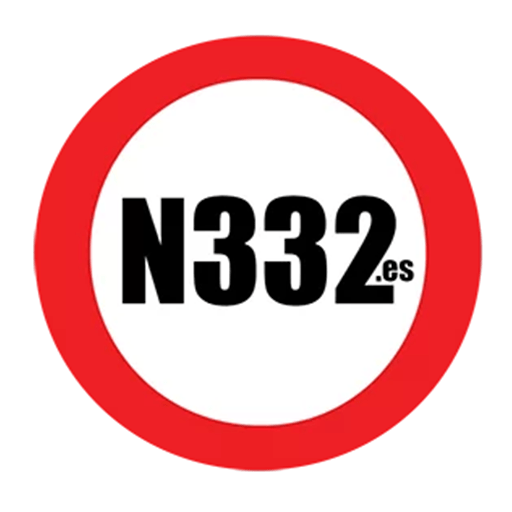Originally launched in 1994 by Japanese company Denso Wave for labelling automobile parts, the QR code, an abbreviation of the fuller Quick Response Code name, a type of two-dimensional matrix barcode, is one of the few success stories of the Covid era, when their use became almost second nature, a practice which remains today.
However, with anything that develops to popularity, the risk of abuse and vulnerabilities grow, and they are now also being used for criminal purposes.
One such use which is increasingly growing related to traffic fines, or at least a scam pretending to be so.
First coming to light in areas of South America, Spain has this year seen an increase in fake fines left on vehicles, accompanied by a QR code in which you can find out more information and make a payment, but the QR code is used by scammers to obtain your information and use it for fraudulent means.
This is a very simple modus operandi that can catch even the most confident drivers off guard. When the victim returns to the car, they find that a sticker has been stuck on the windscreen indicating that the car was illegally parked, thus committing an offence, and a QR code is attached which states that you must access it in order to find out what his fine is.
Once inside, the fake website asks the user for certain data, including their phone number. It then sent a code to the victim via SMS and, if clicked on, the criminals took control of the smartphone and all its applications, including those of the bank.
The local police in Santa Cruz de Tenerife have warned about the scam on their social networks, stating: “If this type of card appears in your vehicle, it is recommended you do not scan the QR code since it is likely to be a fraud. This document is not official, nor should any type of validity be given to it.”
It should be remembered that in Spain traffic fines are only sent by post or by the Electronic Traffic Management Service.
It is not the only QR code scam that has become popular, it is also quite popular at electric car charging points and parking meters. Criminals stick fake codes over the authentic ones so that the driver confidently enters their bank details and can thus steal money from their account.
Discover more from N332.es - Driving In Spain
Subscribe to get the latest posts sent to your email.
